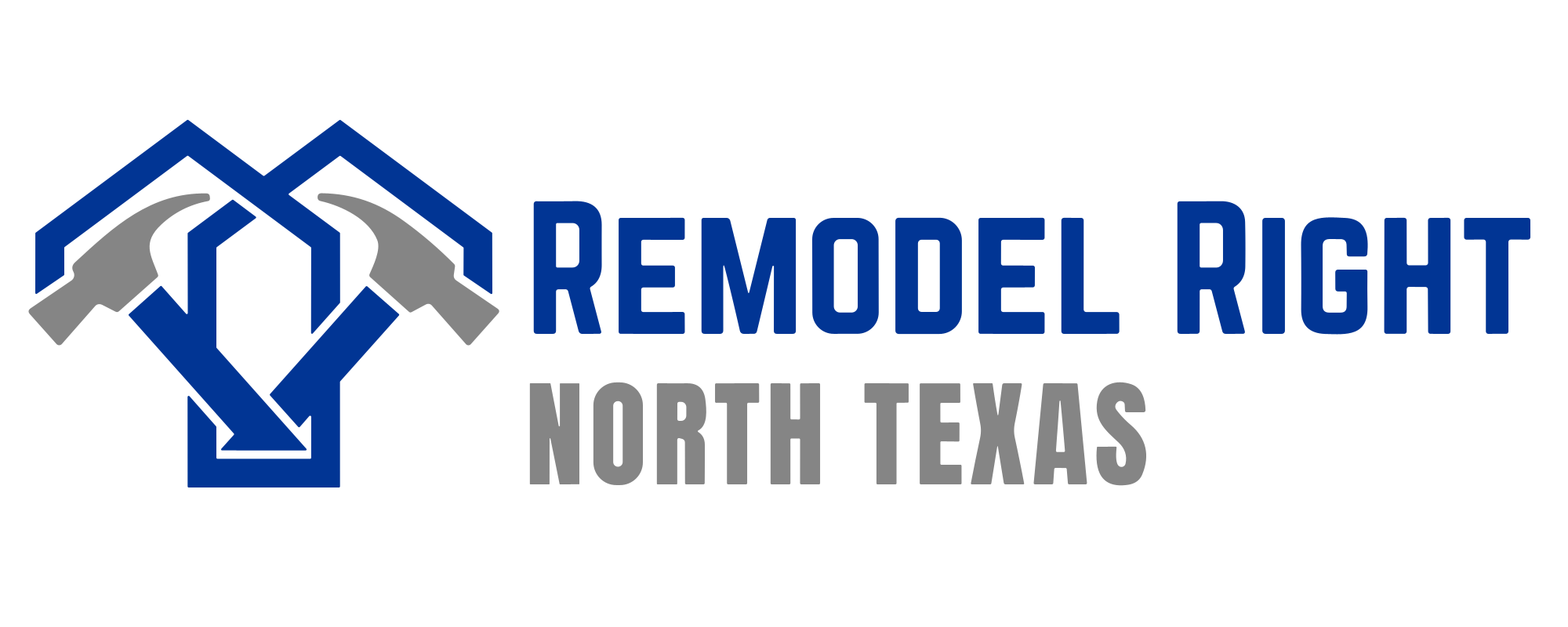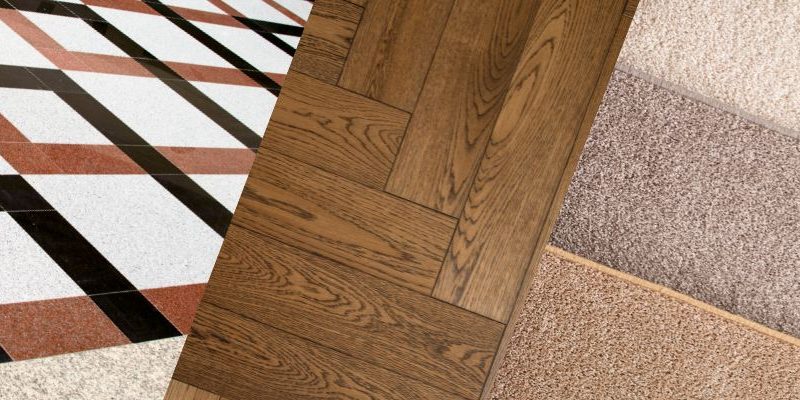Choosing the right flooring for your home is a crucial decision that can impact the look, feel, and functionality of your space. With so many flooring materials available, each with its own set of advantages and disadvantages, it can be challenging to determine which option is best suited for your needs. Whether you’re considering a remodel or building a new home in Frisco, TX, understanding the pros and cons of different flooring types is essential. In this article, we’ll explore various flooring options, their benefits and drawbacks, and how professional flooring services in Frisco, TX can help you make the right choice.
Table Of Contents
Pros and Cons of Different Flooring Types
| Flooring Type | Pros | Cons |
|---|---|---|
| Hardwood | Durable, timeless, increases property value | Expensive, requires maintenance, sensitive to climate |
| Laminate | Affordable, easy to install, low maintenance | Shorter lifespan, less authentic look, moisture sensitivity |
| Tile | Durable, water-resistant, low maintenance | Cold, hard surface, grout maintenance, complex installation |
| Carpet | Comfortable, insulating, variety of styles | Stains easily, traps allergens, shorter lifespan |
| Vinyl | Cost-effective, water-resistant, easy to install | May show wear over time, environmental concerns, limited resale value |
Hardwood Flooring: Timeless Elegance and Durability
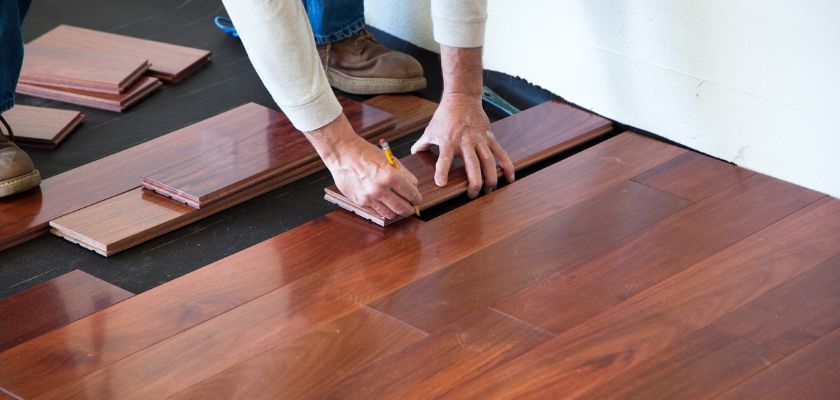
The Appeal of Hardwood Flooring
Hardwood flooring has long been a popular choice for homeowners due to its timeless beauty and durability. Available in various species, colors, and finishes, hardwood adds warmth and sophistication to any room. Its natural appearance and ability to complement both traditional and modern interiors make it a versatile option.
Durability and Longevity
One of the biggest advantages of hardwood flooring is its durability. With proper care, hardwood floors can last for decades, making them a long-term investment for your home. They can be sanded and refinished multiple times, allowing you to refresh their appearance as needed.
Aesthetic Versatility
Hardwood flooring is available in various types of wood, including oak, maple, cherry, and walnut. Each type offers a unique grain pattern and color, allowing you to choose a style that fits your aesthetic preferences. Additionally, hardwood can be stained in different shades to match your interior decor.
Increased Property Value
Installing hardwood floors can increase the value of your home, making it a smart choice if you’re considering selling in the future. Many homebuyers prefer hardwood over other flooring materials due to its classic appeal and longevity.
Potential Drawbacks of Hardwood Flooring
While hardwood has many benefits, it’s not without its downsides. Understanding these drawbacks is crucial before making a final decision.
Cost Considerations
Hardwood flooring can be expensive, both in terms of material and installation costs. The price varies depending on the type of wood and the complexity of the installation. However, the long-term value and durability often justify the initial investment.
Maintenance Requirements
Hardwood floors require regular maintenance to keep them looking their best. They can be prone to scratches, dents, and water damage, making them less suitable for high-moisture areas like bathrooms and basements. Regular sweeping, vacuuming, and occasional refinishing are necessary to maintain their appearance.
Sensitivity to Climate
Hardwood is sensitive to changes in temperature and humidity, which can cause it to expand and contract. In regions with extreme climate fluctuations, this can lead to gaps or warping. Installing a humidity control system or choosing engineered hardwood, which is more stable, can help mitigate this issue.
Laminate Flooring: Budget-Friendly and Low Maintenance
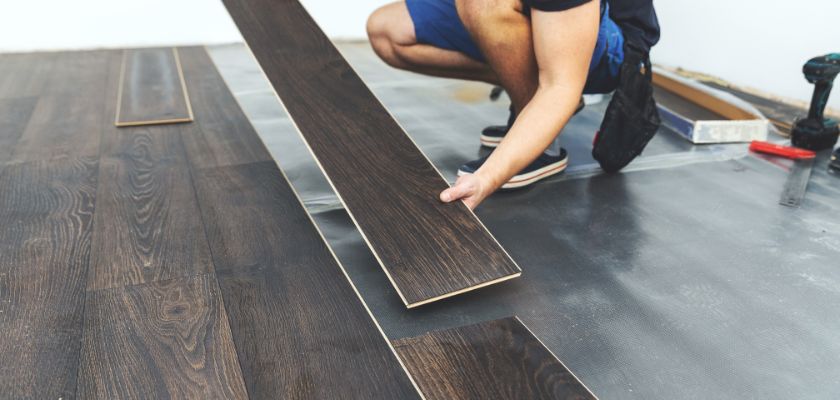
The Advantages of Laminate Flooring
Laminate flooring has gained popularity as a budget-friendly alternative to hardwood. It mimics the look of natural wood or stone while offering several practical benefits, making it a great option for various areas of the home.
Affordability
Laminate is generally more affordable than hardwood or tile, making it an attractive option for homeowners on a budget. Despite its lower cost, laminate can still provide a high-end appearance, especially with advancements in printing technology that create realistic textures and patterns.
Easy Installation
Laminate flooring is relatively easy to install, often featuring a click-and-lock system that allows for a straightforward, floating installation over existing floors. This makes it a suitable option for DIY enthusiasts or those looking to save on installation costs.
Low Maintenance
Laminate is highly resistant to scratches, stains, and moisture, making it a low-maintenance option for busy households. It doesn’t require waxing or refinishing, and regular sweeping or vacuuming is usually sufficient to keep it clean.
Considerations When Choosing Laminate Flooring
While laminate offers many benefits, there are some considerations to keep in mind before choosing it as your flooring material.
Limited Lifespan
Compared to hardwood, laminate has a shorter lifespan. It cannot be sanded or refinished, so once it shows signs of wear, it will need to be replaced. However, with proper care, laminate floors can still last for 10-15 years.
Aesthetic Limitations
While laminate can closely mimic the appearance of wood or stone, it lacks the natural texture and depth of real materials. Some homeowners may find that it doesn’t have the same authentic feel as hardwood or tile.
Moisture Sensitivity
Although laminate is more moisture-resistant than hardwood, it can still be damaged by excessive water exposure. It’s not recommended for areas with high humidity or where water spills are common, such as bathrooms or laundry rooms.
Tile Flooring: Durability and Versatility
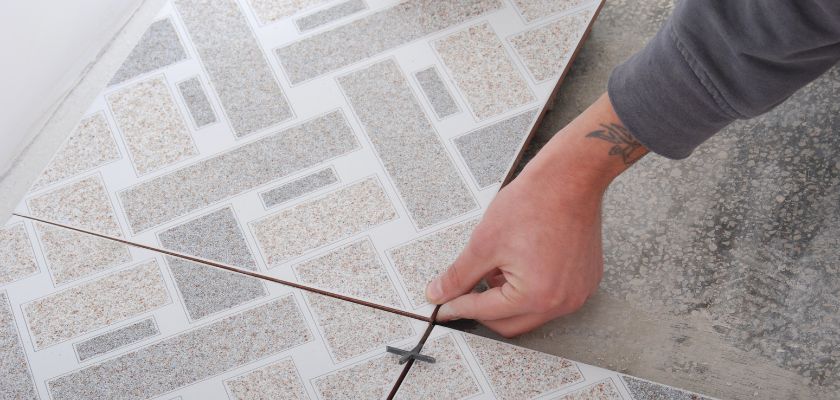
The Benefits of Tile Flooring
Tile flooring is known for its durability, versatility, and ability to withstand moisture, making it a popular choice for kitchens, bathrooms, and other high-traffic areas. Available in a wide range of materials, colors, and patterns, tile can suit various design preferences.
Long-Lasting Durability
Tile is one of the most durable flooring materials available. It’s resistant to scratches, stains, and water damage, making it ideal for areas prone to spills and heavy foot traffic. With proper care, tile floors can last for decades.
Variety of Styles
Tile comes in a wide range of styles, from classic ceramic and porcelain to luxurious marble and granite. This variety allows homeowners to create custom designs and match the flooring to their interior decor. Additionally, tile can be arranged in various patterns, adding a unique touch to any room.
Easy Maintenance
Tile flooring is easy to maintain, requiring only regular sweeping and occasional mopping. Unlike other flooring options, tile doesn’t need to be refinished or resealed frequently, making it a low-maintenance choice for busy households.
Potential Downsides of Tile Flooring
Despite its many advantages, tile flooring has some potential downsides that should be considered before installation.
Cold and Hard Surface
Tile can feel cold and hard underfoot, which may be uncomfortable in living areas or bedrooms. Adding area rugs or installing underfloor heating can help mitigate this issue and make tile floors more comfortable.
Grout Maintenance
The grout lines between tiles can accumulate dirt and stains over time, requiring periodic cleaning and resealing. This maintenance can be time-consuming and may require specialized products or professional cleaning services.
Installation Complexity
Installing tile flooring can be complex and labor-intensive, often requiring professional flooring services in Frisco, TX. The installation process involves precise measurements, cutting, and grouting, which can add to the overall cost of the project.
Carpet Flooring: Comfort and Warmth
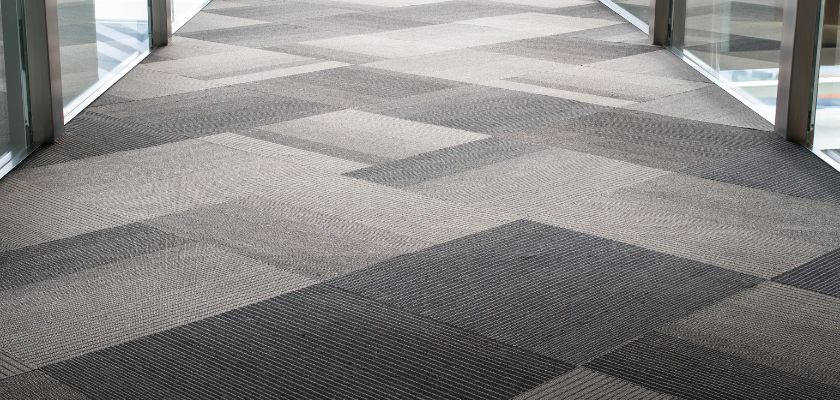
The Appeal of Carpet Flooring
Carpet is a popular choice for bedrooms, living rooms, and other areas where comfort and warmth are a priority. Available in various colors, textures, and materials, carpet can add a cozy, inviting feel to any space.
Comfort and Insulation
Carpet provides a soft, cushioned surface that is comfortable to walk on, making it ideal for areas where you spend a lot of time standing or sitting. It also offers excellent insulation, helping to keep rooms warm in the winter and reducing noise levels.
Variety of Styles
Carpet is available in a wide range of colors, patterns, and textures, allowing you to customize your flooring to match your decor. Whether you prefer a plush, luxurious feel or a more durable, low-pile option, there is a carpet to suit every taste.
Affordability
Carpet is generally more affordable than hardwood or tile, making it an accessible option for homeowners on a budget. Additionally, carpet installation is typically less expensive and quicker than other flooring types.
Considerations for Carpet Flooring
While carpet offers many benefits, it’s important to consider its potential drawbacks before choosing it for your home.
Stain and Wear Resistance
Carpet is more prone to staining and wear than other flooring options, especially in high-traffic areas. While stain-resistant treatments are available, they may not completely protect the carpet from spills, dirt, and daily wear.
Allergy Concerns
Carpet can trap dust, pet dander, and other allergens, making it a less suitable choice for individuals with allergies or respiratory issues. Regular vacuuming and professional cleaning can help mitigate this issue, but it may not be enough for those with severe sensitivities.
Lifespan and Maintenance
Carpet typically has a shorter lifespan than hardwood or tile, especially in areas with heavy use. It may need to be replaced every 5-10 years, depending on the quality and maintenance. Regular vacuuming, spot cleaning, and periodic deep cleaning are essential for maintaining the appearance and longevity of carpet flooring.
Vinyl Flooring: Affordable and Versatile
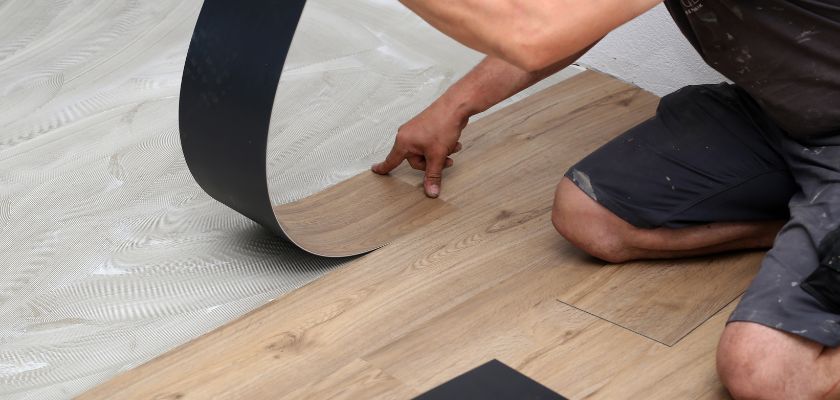
The Advantages of Vinyl Flooring
Vinyl flooring has become increasingly popular due to its affordability, durability, and wide range of design options. It’s a versatile choice that can be used in various areas of the home, including kitchens, bathrooms, and basements.
Cost-Effective
Vinyl is one of the most cost-effective flooring materials available, making it an excellent option for budget-conscious homeowners. Despite its lower cost, vinyl can mimic the appearance of more expensive materials like hardwood, stone, and tile.
Water and Stain Resistance
Vinyl is highly resistant to water and stains, making it an ideal choice for moisture-prone areas such as kitchens, bathrooms, and basements. This resistance also makes vinyl easy to clean and maintain.
Easy Installation
Vinyl flooring is available in sheets, tiles, or planks, and can be installed using a variety of methods, including glue-down, peel-and-stick, or click-and-lock systems. This flexibility allows for quick and easy installation, either by professionals or as a DIY project.
Potential Drawbacks of Vinyl Flooring
While vinyl has many advantages, there are some potential downsides to consider.
Durability and Lifespan
Although vinyl is durable, it may not last as long as other flooring materials like hardwood or tile. Over time, vinyl can show signs of wear, such as scratches, dents, or fading, especially in high-traffic areas.
Environmental Impact
Vinyl is made from synthetic materials, which can have a negative environmental impact. Additionally, the production and disposal of vinyl flooring can contribute to pollution and waste. However, some manufacturers offer eco-friendly options, such as recycled vinyl or low-VOC products.
Limited Resale Value
While vinyl is a practical and cost-effective choice, it may not add as much value to your home as hardwood or tile. Potential buyers may prefer more traditional flooring options, which could impact your home’s resale value.
Final Wording
Choosing the right flooring material for your home requires careful consideration of your lifestyle, budget, and aesthetic preferences. Each flooring type offers its own set of benefits and drawbacks, making it essential to weigh these factors before making a decision. Whether you opt for the timeless elegance of hardwood, the affordability of laminate, or the versatility of vinyl, working with professional flooring services in Frisco, TX can help ensure that your floors are installed correctly and meet your expectations. By understanding the pros and cons of different flooring types, you can select the best option for your needs and enjoy beautiful, durable floors for years to come.
FAQ’s
1. What is the most durable flooring option for high-traffic areas?
Tile and hardwood are among the most durable flooring options for high-traffic areas. Tile is highly resistant to scratches and stains, while hardwood can be refinished to maintain its appearance over time.
2. Can I install laminate flooring in moisture-prone areas like bathrooms?
Laminate flooring is not recommended for moisture-prone areas like bathrooms, as it can be damaged by water. Vinyl or tile are better options for areas with high humidity and water exposure.
3. How often does carpet need to be replaced compared to other flooring types?
Carpet typically needs to be replaced every 5-10 years, depending on wear and maintenance. In contrast, hardwood can last for decades with proper care, while laminate and vinyl may last 10-15 years.
4. Is hardwood flooring a good investment for increasing home value?
Yes, hardwood flooring is considered a good investment for increasing home value. It’s a desirable feature for many homebuyers due to its durability, aesthetic appeal, and longevity.
5. How can I maintain the appearance of my vinyl flooring?
Vinyl flooring is low maintenance. Regular sweeping and occasional mopping with a mild cleaner will keep it looking its best. Avoid using abrasive cleaners or tools that can scratch the surface.
